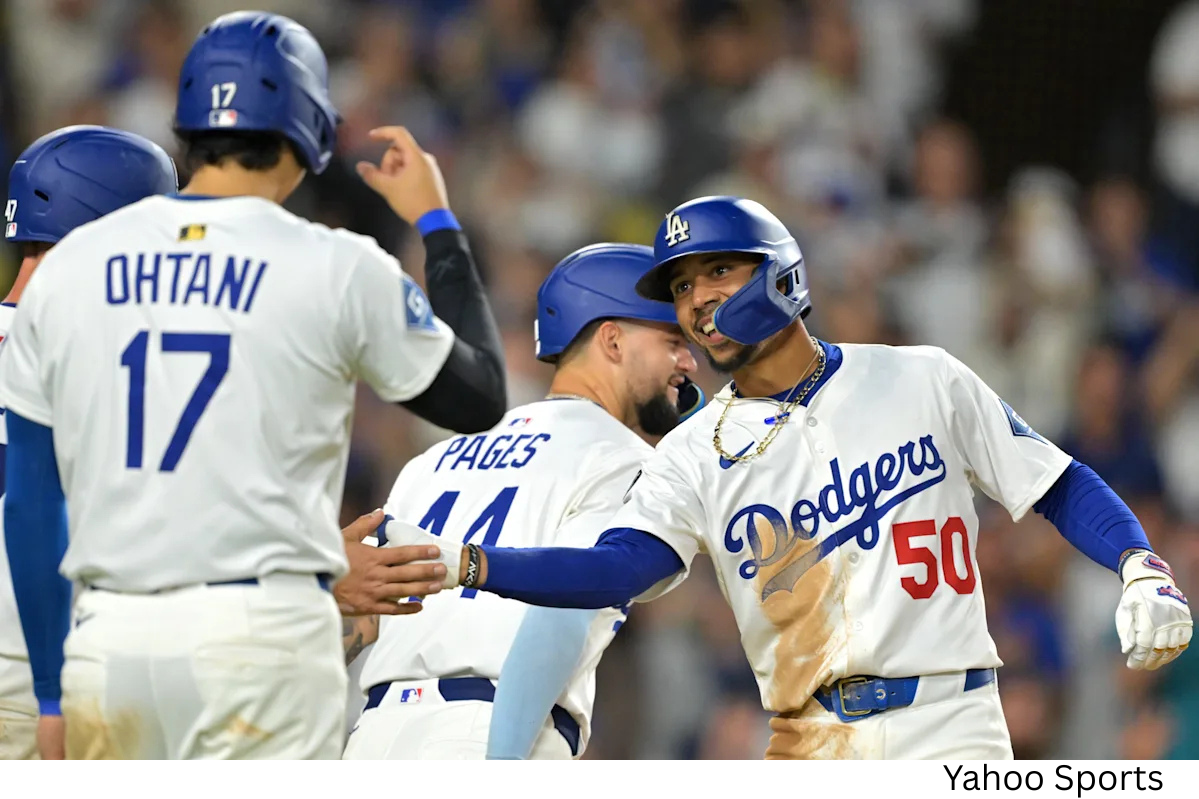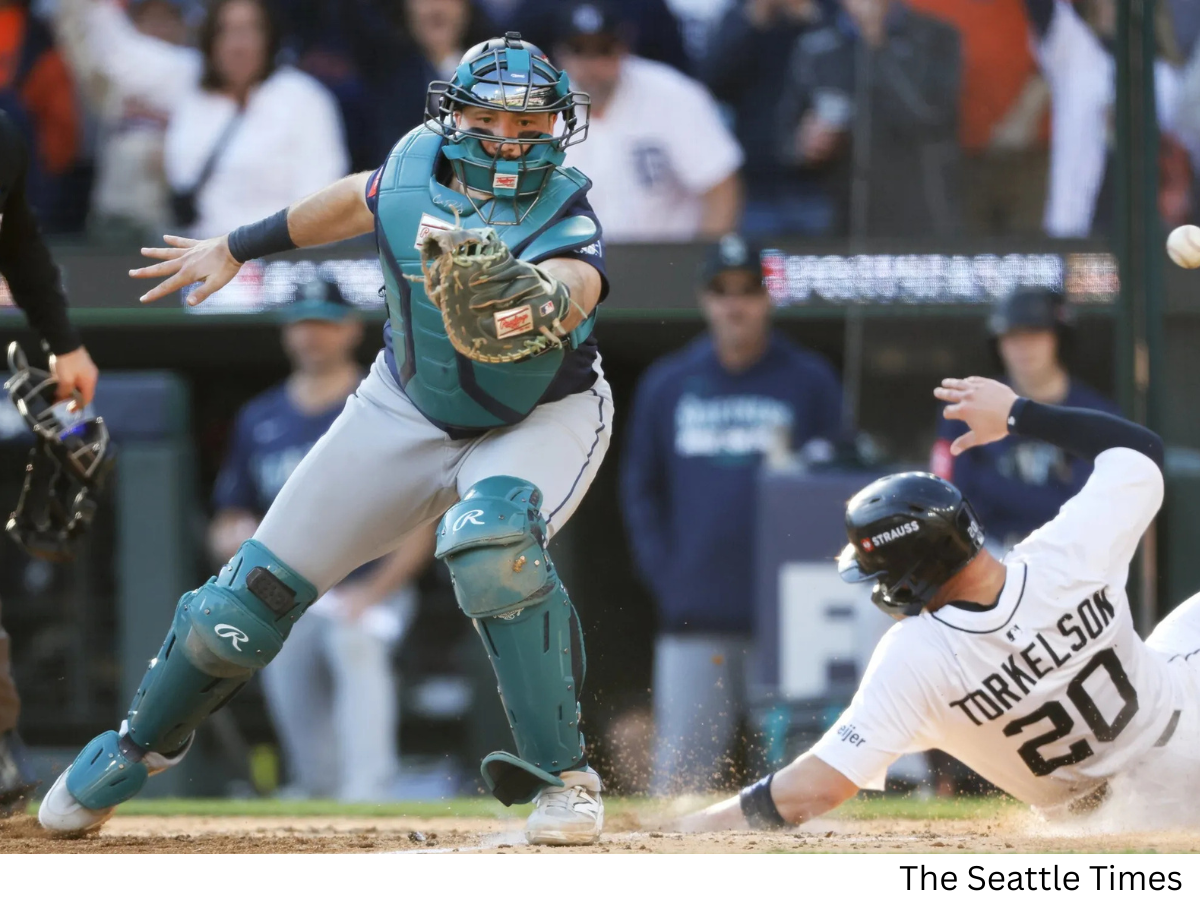The National League Championship Series between the Los Angeles Dodgers and the Milwaukee Brewers is shaping up to be more than just another playoff matchup. On the surface, it’s a clash of titans: the Hollywood glamour and star power of the Dodgers against the gritty, resourceful underdogs of Milwaukee. But beneath the spectacle, this series could serve as a preview of Major League Baseball’s impending labor conflict.
With the CBA set to expire on Dec. 1, 2026, commissioner Rob Manfred has essentially warned of a looming work stoppage, potentially one that could shake the sport to its core. A lockout isn’t just possible—it’s expected. How owners and players navigate this conflict over issues like salary caps, revenue sharing, and competitive equity may be influenced, subtly or not, by how the league’s marquee teams perform this October.
The Underdog vs. the Giant
On paper, the contrast is stark. The Dodgers operate in one of baseball’s largest media markets with a payroll north of $320 million ($417 million including luxury tax obligations), backed by expansive revenue streams, lucrative partnerships, and nearly limitless resources. Their roster features elite talent like Shohei Ohtani and Mookie Betts, built to dominate for the foreseeable future.
Meanwhile, the Brewers are operating with a payroll near $130 million, relying on analytical ingenuity, player development, and efficient front-office management to compete. Milwaukee has a history of overachieving in the postseason despite resource limitations, making this NLCS as much a David vs. Goliath narrative as a baseball series.
“It’s not just a game for these teams,” an MLB insider explained. “It’s a microcosm of the larger economic disparities across the league.”
Why This Series Matters Beyond the Scoreboard
The stakes go beyond who reaches the World Series. A Dodgers victory could be framed as evidence of competitive imbalance, reinforcing narratives that money dominates results and giving owners ammunition to justify tighter spending limits or even a salary cap. Conversely, a Brewers upset would be a victory for the players’ union, demonstrating that skill, strategy, and front-office competence can triumph over raw financial muscle.
This isn’t mere speculation. The labor dynamic has been tense for years, fueled by issues like service-time manipulation, stagnant free-agent markets, and uneven revenue sharing. The narrative emerging from this NLCS could influence public perception and fan sentiment, which in turn could affect bargaining leverage during the next CBA negotiation.
Playoff Success vs. Market Size
Despite their smaller market, the Brewers have been remarkably consistent in recent seasons, making the postseason seven times in the last eight years, a rate superior to many larger-market teams. Only the Dodgers and Houston Astros can match or exceed this level of sustained playoff success since 2018.
The Dodgers, meanwhile, are a model of stability and alignment: ownership, front office, and on-field management operating seamlessly, resulting in 13 consecutive playoff appearances, 12 division titles, and five NL pennants since 2017. Their near-constant success creates a stark visual of the gap between teams with abundant resources and those without.
The contrast reinforces one of MLB’s most pressing concerns: how market size and payroll impact competitiveness, and by extension, labor relations. Fans and players alike question whether smaller-market teams can realistically contend if wealthier franchises continue to dominate.
The Narrative Battle
Imagine the possible outcomes and their implications:
- Dodgers dominate Brewers, go on to win back-to-back championships: Owners could argue that financial investment is the decisive factor, making the case for more stringent payroll controls or luxury tax adjustments.
- Brewers upset Dodgers and advance to the World Series: The players’ union could highlight the triumph of skill and strategy over money, arguing against salary caps and emphasizing fairer distribution of league revenue.
These narratives aren’t just theoretical. They feed into the rhetoric used by both sides during labor negotiations, influencing fan perception, media framing, and public support.
Beyond Payroll: Competence and Stability
Money is not the sole determinant of success. Competence, front-office acumen, and organizational stability play crucial roles. Milwaukee has thrived despite two GMs and two managers in recent years, proving that small-market teams can compete when leadership is effective. Meanwhile, the Dodgers’ consistency is partly a product of decades of organizational alignment, with lessons learned from past missteps under owners like Frank McCourt or Fred Wilpon in New York.
Recency bias also matters. A Brewers championship would generate union-friendly headlines and talking points for years, while a Dodgers repeat could embolden owners and create justification for conservative spending measures across the league.
MLB’s Imminent Labor Storm
As the NLCS plays out, the backdrop is clear: MLB’s next labor war is coming, and the narratives emerging from this series will feed into it. The outcome of four or seven games may seem insignificant in the grand scheme of baseball history, but it could become a symbolic touchstone for arguments on competitive equity, payroll structures, and league-wide financial policy.
Whether fans focus on the heroics on the field or the larger story unfolding behind the scenes, one thing is certain: the winner of this NLCS will provide ammunition to one side or the other in the battle that will define baseball’s next chapter.
%20(4).png)





.png)


